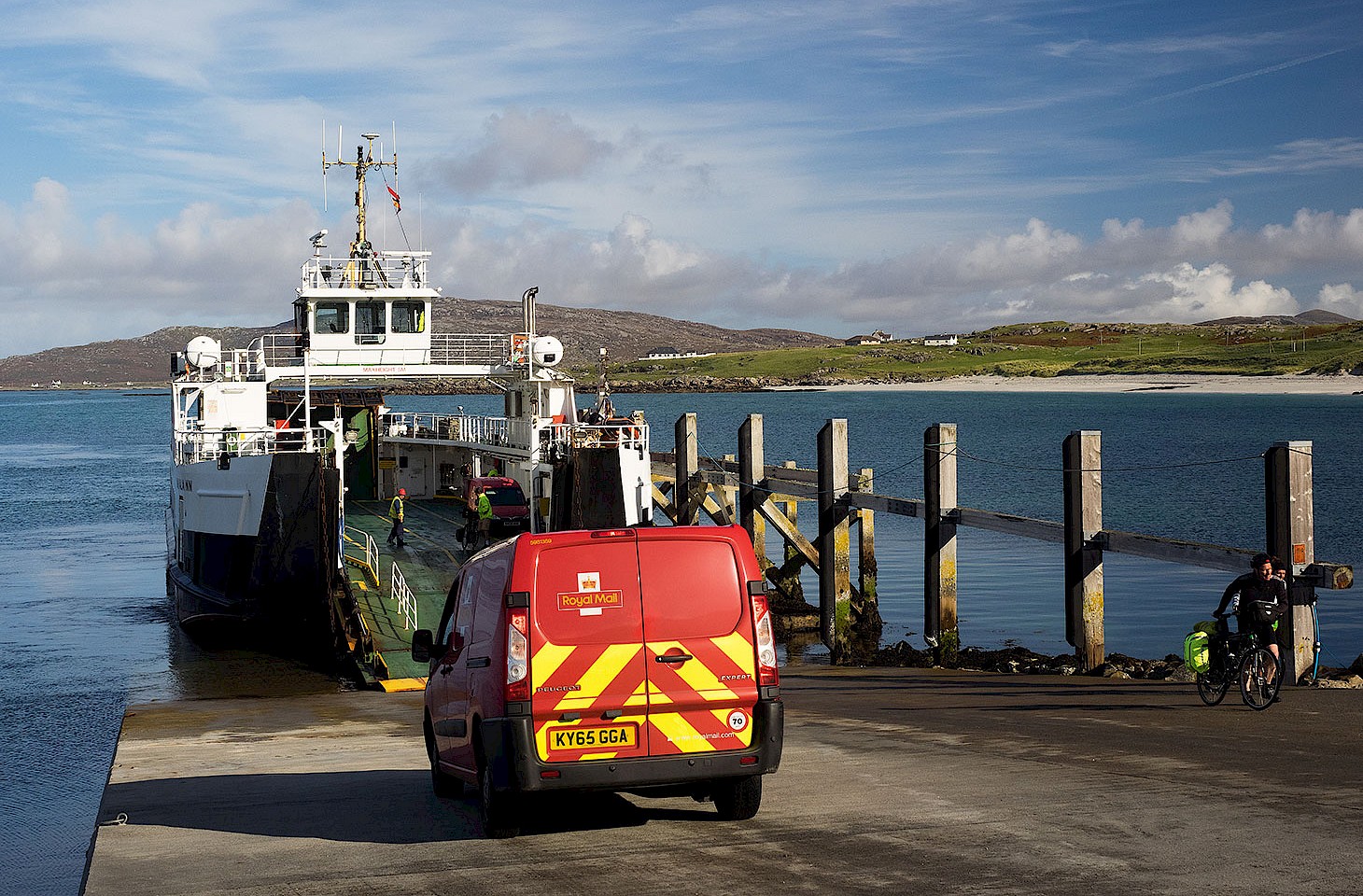There is a moment on the main road to Zakopane when the hills suddenly open out to reveal a glorious view of the Tatra Mountains to the south. All too quickly, the vista disappears as the road descends into a valley, bridging the River Raba on a miserable concrete viaduct, before curving up towards the next ridge. Just as the highway approaches the crest, a wooden church appears to the right of the road. As wooden churches go, it is unexceptional, but its fetching location beside the highway surely makes the Church of the Holy Cross one of the most photographed buildings in rural Poland. The hill villages of this region were depleted in the mid-nineteenth century by emigration, with many residents moving to Minnesota. But even though people left Rdzawka, the old village church remains. The carriage road to Zakopane has been vastly improved to accommodate the thousands of motorists who nowadays speed south through the Beskidy Hills towards the Tatra Mountains.
If there is just one commodity which defines the Tatras and the wider Carpathian region it is wood. And for those driving south from Kraków towards Zakopane, the Church of the Holy Cross, so prominently positioned by the main road at Rdzawka, is an intimation of all the good things that lie ahead. It is a blessing after the relentless muddle of roadside advertisement hoardings and the untidy villages of Malopolska.
If there is just one commodity which defines the Tatras and the wider Carpathian region it is wood.
The vernacular wooden architecture of villages around the Tatra Mountains, on both the Polish and Slovakian side of the border, is just one expression of the affection for wood that inflects the entire Carpathian region. In this feature we venture east from the Tatra Mountains into remote hill country which is still home to an ethnic and linguistic minority called the Rusyns. You can read more about Rusyns in an accompanying article on pages 19–21 of this issue of hidden europe and there is a map of the region on page 9.
Elemental virtue
There is a restrained eloquence to architecture in wood. Whether it be an ancient wooden temple or palace in Japan, a fragile wooden church in the remote Russian tundra or a handsome wooden barn in New England, wood brings to buildings a peculiar quality of harmony.
The virtues of wood are of course not universally appreciated. Thomas Jefferson reacted in the closing years of the eighteenth century against “the unhappy prejudice that houses of brick and stone are less wholesome than those of wood.” Jefferson had built himself a fine Palladian home of masonry, and was happy to throw in his lot with modernity. But long after Jefferson’s death the managers of slave plantations in the American South were still favouring wood for their own colonial-style mansions, while consigning their workers to functional housing blocks made from local stone.


